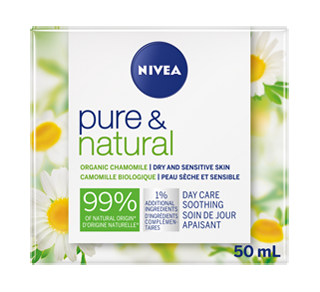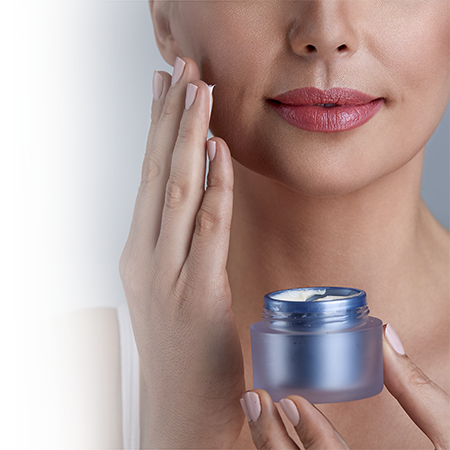Redness can happen to anyone, at any time, with any skin type. While there are lots of causes, thankfully there are also lots of ingredients to treat it.
Understanding redness
Freezing temperatures certainly contribute to the appearance of skin redness in winter, but the main culprit is... heat! Dry air created by heating strips the skin of its protective oils and prevents it from retaining moisture. This dehydration results in cracks in the cutaneous barrier, which in turn causes inflammation and redness.
Getting to know the different irritants:
Dry air
Not only is it responsible for redness, but heating plays a key role in making the skin more sensitive. Since you can’t avoid it in winter, fight dry air with a humidifier.
Hot water
A nice, hot shower may feel soothing, but it considerably dries out the skin. Wash with warm water and try to curtail your time in the shower.

Cold weather
Cold weather affects blood circulation at the skin surface, preventing cells in the cutaneous barrier from regenerating. It also slows the production of sebum, the natural oil the skin produces to protect itself from harsh elements. That’s why you should wear gloves, a toque and a scarf before heading out into the cold.
Friction
Certain fabrics such as wool and polyester also cause irritation when they rub against the skin. To keep warm with total peace of mind, wear toques and scarves made from cotton, silk or cashmere.
The sun
As the snow reflects 80% of the sun, compared to just 20% by water or sand, UV rays are more harmful in winter than in summer. To prevent skin lesions caused by ultraviolet rays, wear sunscreen with both UVA and UVB protection.
Certain products
When the skin is already sensitive, certain aggressive ingredients like alcohol, detergents and fragrances can exacerbate the irritation. Set these aside till the springtime.
Choosing the right care
The ideal care product should contain anti-inflammatory ingredients, hydrate the skin and repair its external barrier to preserve moisture in the tissue. Among the most effective redness-fighting ingredients, you’ll find:
Colloidal oatmeal
Oat starches soak up water and pass it on to the skin, while its polysaccharides act as a protective shield.
Chamomile
Rich in antioxidants, it neutralizes free radicals and reduces redness thanks to its anti-inflammatory properties.

Ceramides
These waxy lipids are naturally present in all four layers of the skin and help to rebuild the protective barrier.
Licorice
Its main ingredient, glycyrrhizinate, is a powerful anti-inflammatory and effective moisturizer.
Vitamin C
Magnesium ascorbyl phosphate, a stable, non-irritating form of vitamin C, helps to neutralize the free radicals that cause irritation and repair broken capillaries.

We love:
IDC ULTIME COMFORT
This serum not only reduces the appearance of redness, but it also contains colour-correcting photochromic pigments. It restores the skin’s moisture level while treating signs of aging, making it the perfect tool for daily use.


